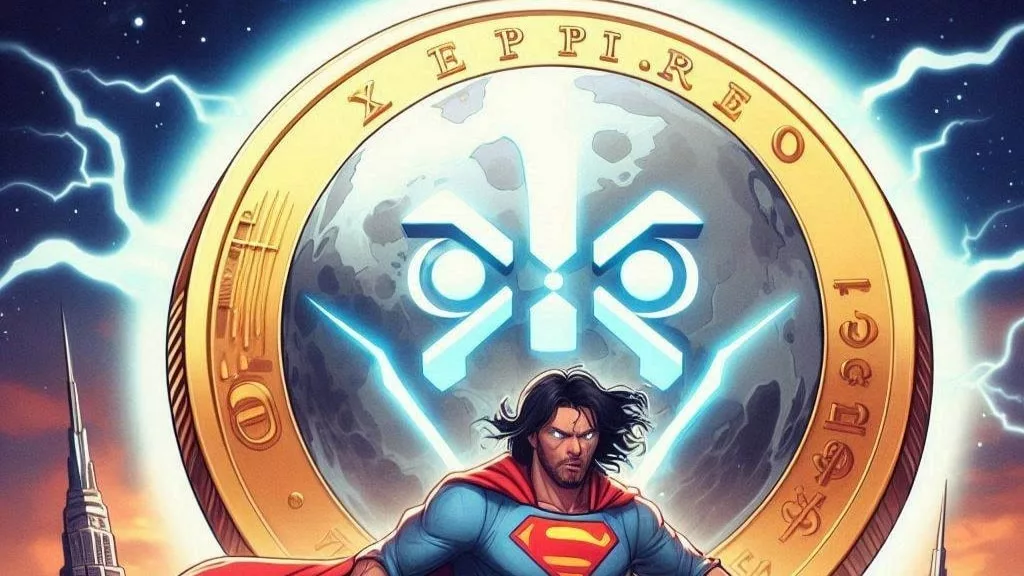
XRP has been on an impressive growth trajectory since the U.S. elections in November 2024, with a surge of 336%, rising from $0.5035 to $2.21. This increase has reignited optimism in the cryptocurrency community, with many projecting even higher prices for XRP. Some have even suggested that XRP could reach $27 or $100 in the future. However, there is one significant challenge preventing XRP from ever hitting the ambitious $1,200 price tag, and it revolves around the coin’s massive supply and the limits of the global economy.
To understand why XRP’s potential rally to $1,200 seems unlikely, it’s helpful to look back at Bitcoin’s rise between late 2011 and late 2013. At the end of November 2011, Bitcoin was priced at just $2. By August 2012, the price had risen to $16, marking a 700% gain. The rally didn’t stop there—Bitcoin continued to soar, reaching $259 by April 2013 and ultimately hitting $1,200 in November 2013. This meteoric rise represented a 59,900% increase from Bitcoin’s price in late 2011.
Bitcoin’s price explosion during this period remains one of the most significant events in crypto history, but trying to replicate this rally with XRP faces unique challenges. XRP, much like Bitcoin, has shown its potential for growth, especially during the 2017-2018 bull market, when it surged from $0.005 to a high of $3.31. Despite this, it’s important to understand that the current circumstances surrounding XRP are quite different from those of Bitcoin back in 2013.
One of the most critical reasons XRP may never reach $1,200 is the sheer size of its total supply. Unlike Bitcoin, which has a capped supply of 21 million coins, XRP has a total maximum supply of 100 billion tokens. Of these, around 57.25 billion tokens are already in circulation. For XRP to reach $1,200 per token, its market capitalization would need to increase dramatically, leading to an astronomical valuation that’s highly difficult to sustain.
If XRP’s price were to hit $1,200, its fully diluted market cap would soar to an eye-watering $120 trillion. To put this in perspective, the global M2 money supply—essentially the total amount of money in circulation, including cash and easily accessible funds—stood at $104 trillion as of mid-2024. Therefore, XRP’s market cap at $1,200 per token would exceed the total available money in the world by 15%, an unsustainable proposition.
In contrast, Bitcoin’s market cap when it reached $1,200 in 2013 was far less inflated. With only 12 million Bitcoin in circulation, Bitcoin’s market cap was around $14.4 billion when it hit that price point. This was still a relatively small fraction of the global money supply at the time. Therefore, Bitcoin’s surge to $1,200 was more feasible given its low circulating supply and the market conditions of the time.
While XRP’s recent price movement and its growth in 2017-2018 demonstrate that it can achieve significant gains, reaching $1,200 would require a monumental shift in both supply and demand dynamics. XRP’s large supply of tokens poses a considerable hurdle for reaching such a high valuation, especially when compared to Bitcoin’s scarcity.
Even with increased adoption, demand for XRP would need to grow at an unprecedented rate to absorb the vast supply of tokens while pushing the price to $1,200. Additionally, the global financial system and current economic conditions place constraints on how much value XRP can theoretically achieve. Without substantial changes in these dynamics, reaching such high valuations seems unlikely.
XRP’s future remains bright with its growing utility and adoption, but the $1,200 price point seems out of reach due to the coin’s massive supply and the limitations of the global financial system. While significant price increases are possible, XRP’s path to $1,200 would require extraordinary changes in market conditions that currently seem improbable. As always, investors should be cautious when speculating on such ambitious price targets, as the challenges surrounding XRP’s supply and market cap make such a surge highly unlikely.

Get the latest Crypto & Blockchain News in your inbox.